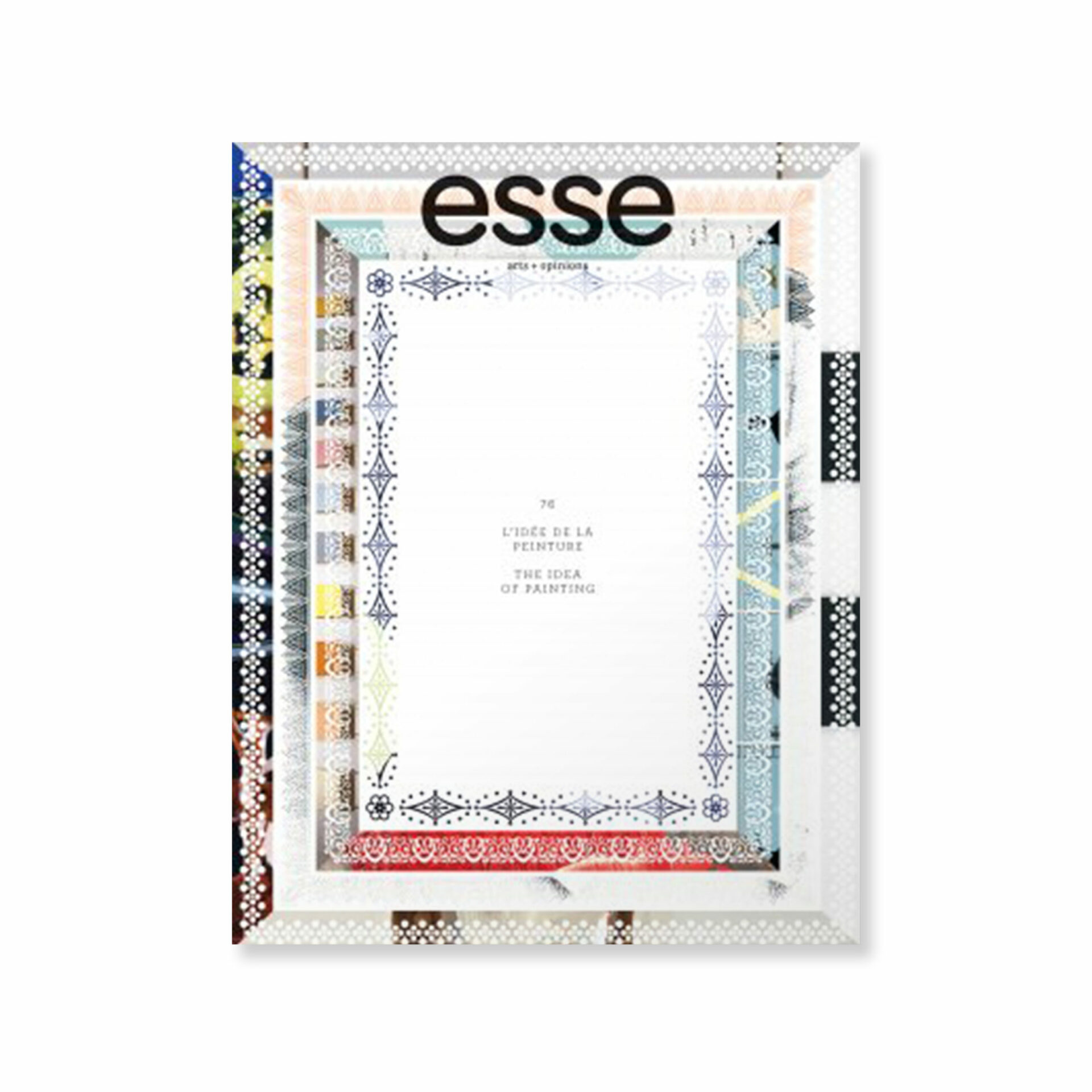
photo : © Walid Raad, permission de | courtesy of Paula Cooper Gallery, New York
Fiction is treated as reality, and facts can be reliable fictions in the works assembled by Lebanese artist Walid Raad, who claims to be working under the auspices of a fictional collective called The Atlas Group. The boundaries between history and fiction, individual authorship and collective authorship, are not merely rigorously challenged but completely eroded. The collective is, in reality, the artist’s own artistic project and functions as a visual historical archive established by Raad himself to document and research the contemporary history of Lebanon, in particular the Lebanese Civil War, which took place between 1975 and 1991.
Drawing on the aesthetic conventions of modernist painting, Raad targets the historiographic complexities of the archive, especially when it is concerned with documenting trauma — the unspeakable and unrepresentable. Raad’s fictive archive works to expose the caesurae in history’s truth-telling narratives. By utilizing fiction and imaginative devices to investigate the “truths” of documentary realism, Raad delves into the in-between spaces of the archive that appear as gaps, absences, and lacunae within the historical field: the spaces that are lost or omitted — such as those between what happens and what is recorded, between what is recorded and what is interpreted.1 1 - Here, I echo Renée Green’s words in her personal investigation of “in-between spaces.” See “Survival: Ruminations on Archival Lacunae” in Interarchive, ed. Hans-Peter Feldman et al. (Cologne: Verlag der Buchhandlung Walther König, 2002), 174. That which eludes enquiry is what we can refer to as the historical archive’s “blind spots.” Such absences are brought forward for investigation not only through elaborately staged and fictitious documents but most strikingly through Raad’s formal style.
